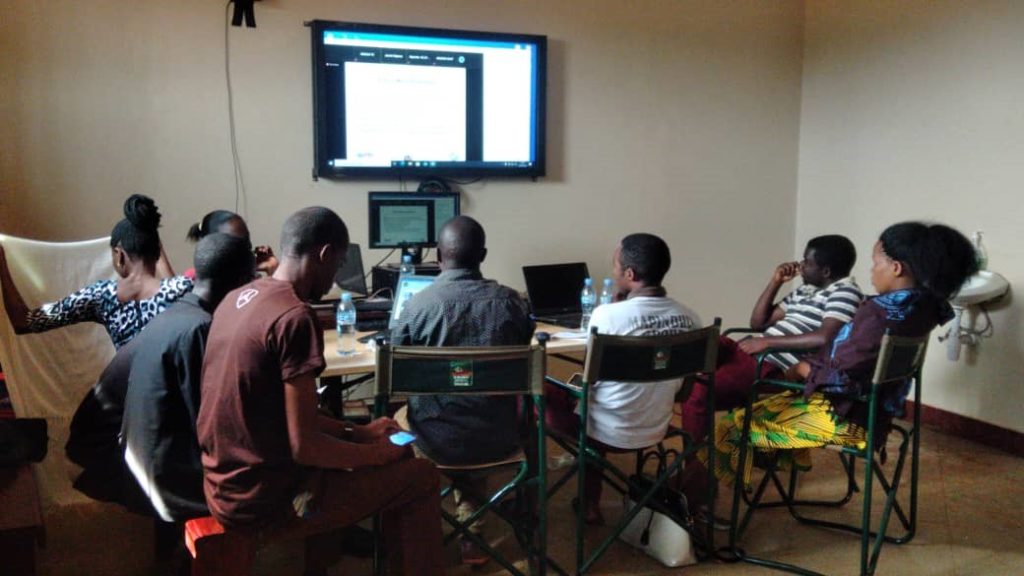Pharmacy and Supply Chain Management
A sustainable supply chain management system is critical in ensuring continuous provision of health care services in the 1st, 2nd and 3rd 95s with the goal of ensuring timely availability and accessibility of health commodities at health facilities and the end users. THPS Supply Chain Unit is working in close collaboration with Medical Stores Department, MOHCDGEC, PORALG, R/CHMT and other supply chain stakeholders to ensure:
- Anti-retroviral (ARV) Commodity Management and Availability
This is done through onsite mentorship support to health care providers on proper use of logistics management information systems (LMIS) tools i.e. Dispensing registers, R&R, filling and updating stores ledgers and bin cards, quantification and forecasting of ARVs and OI medicines, redistribution of commodities to address shortages and overstocks, arrangement of commodities in the stores using first expired first out (FEFO) principle and providing technical assistance on good dispensing practice


2. Use of Electronic Logistics Systems (Pharmacy module, e-LMIS)
From Dec 2016, THPS has invested a lot on the use of e- logistics system (Pharmacy module and Electronic Logistics Management Information System (e-LMIS) in Kigoma and Pwani regions aimed at smoothening electronic commodity reporting, management and submission of Report & Request forms (R&R) to Medical Stores Department. By June 2021, THPS have trained a total of 229 health care providers and 57 R/CHMT members on new CTC/Pharmacy Database Ver 10.22 in the two regions aimed at scaling up from 33 to 73 facilities in Pwani region and 16 to 58 facilities in Kigoma by end of Sept 2021. As of June 2021, Pharmacy Module coverage stands at 86% in Pwani and 76% in Kigoma regions.
Through use of e-LMIS, April -June 21 data analysis shows a great improvement in reporting rates and timeliness in both Kigoma and Pwani regions. In Kigoma region where redesigned logistics system is implemented, reporting rate for redesigned ILS stands at 98% and for Pwani region, the reporting rate for ARVs logistics system as well as TB logistics system stands at 100%